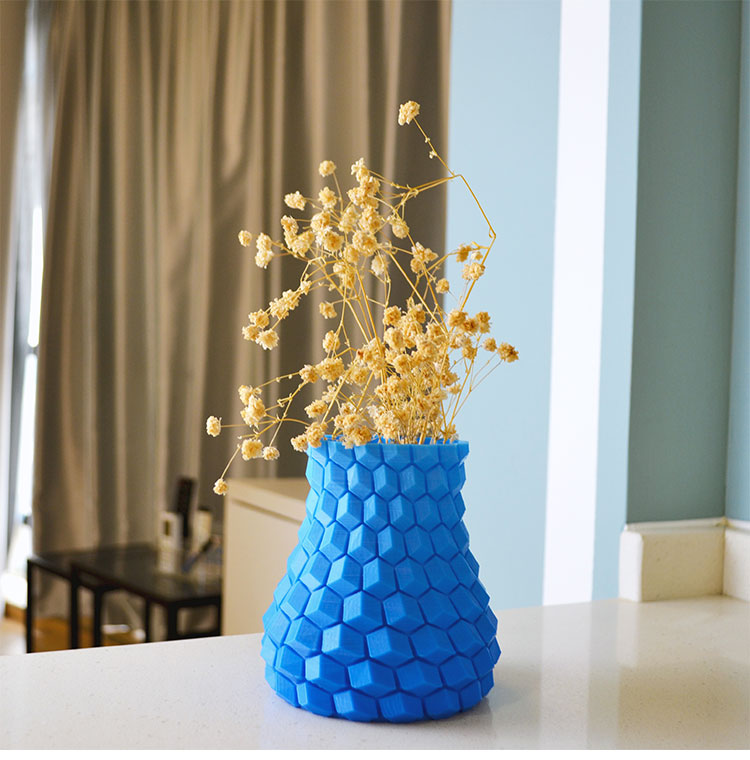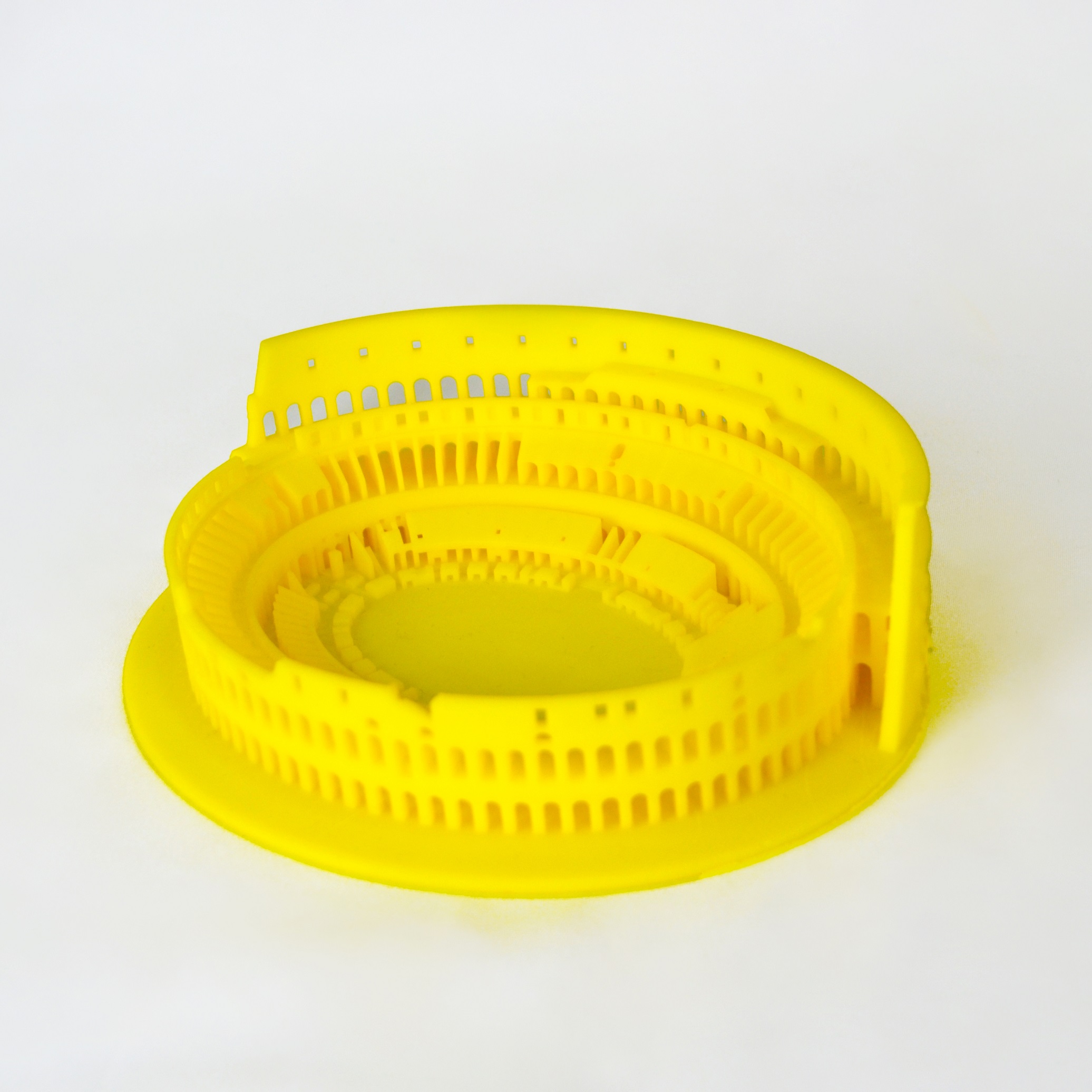Futuristic 3D Printing Trends: Top 10 Innovative Ideas for 2024
Navigation
- 1.Customized Biodegradable Plant Pots
- 2.Personalized Ergonomic Office Tools
- 3.Modular Home Decor Items
- 4.Bespoke Bicycle Parts
- 5.DIY Drones and Robotics Kits
- 6.Custom-Fit Earphones and Headphones
- 7.Architectural Model Kits
- 8.Tailor-Made Sports Equipment
- 9.Educational Tools for Custom Learning Experiences
- 10.On-Demand Replacement Parts for Appliances
- The Bottom Line
Top 10 3D Printing Ideas for 2024
3D printing also known as additive manufacturing, is a process that creates physical objects from digital designs by layering material, typically plastic or metal, in thin, successive layers until the desired shape is achieved. This technology allows for complex and customized shapes to be made with a high degree of precision and efficiency.
3D printing has evolved rapidly over the past decade, transitioning from an experimental concept to a transformative manufacturing process integrated into industries,Diverse sectors have begun to leverage this technology. For an inside look at which industries are particularly dependent on 3D printing, visit our page on “What Industries Need 3D Printing Service“? small businesses, and homes. In 2024, 3D printing continues breaking new ground with innovative applications that let people customize products to suit their exact needs and interests like never before.
This article explores the top 10 3D printing ideas that will shape trends and capture attention:
1.Customized Biodegradable Plant Pots
Sustainability is a growing priority across industries, and 3D printing facilitates eco-friendly product design using biodegradable materials like polylactic acid (PLA). If you don’t feel this is quite suitable, you may add and leverage text like “Different materials are essential for different prototypes when 3D printing, and we’ve covered the specifics about this in our post about 3D Printing Filaments.Customized plant pots and planters printed from PLA can withstand indoor and outdoor conditions while decomposing harmlessly without releasing toxins into the soil. The level of customization with 3D printing allows consumers to dictate the dimensions, shapes, colors, and even integrated features like drainage systems and irrigation channels tailored to specific plants. This promotes plant health while adding unique decorative flair to gardens, patios, and indoor spaces.

2.Personalized Ergonomic Office Tools
With remote work on the rise, there is increasing awareness of office ergonomics and the impact of workspace design on productivity and well-being. 3D printing enables customized office tools like wrist rests, keyboard stands, mouse pads, and desk organizers adapted to individuals’ ergonomic needs and workspace dimensions. By improving posture and alleviating strain, personalized 3D-printed office tools can yield measurable improvements in work efficiency and comfort.
3.Modular Home Decor Items
Home decor is embracing modular design as a way to reconfigure spaces. 3D printing facilitates bespoke modular decor like storage cubes, shelves, and divider screens that can adapt to changing layouts and move between rooms. With a mix of DIY printed pieces and accessories, people can rethink and rework living spaces faster and more affordably than conventional decor. These modular systems promote creativity in interior design while optimizing utility.
4.Bespoke Bicycle Parts
Cycling for sport, commuting, and recreation continues gaining followers, many of whom wish to ride a bike that feels made for them. 3D printing enables riders to customize parts like saddles, grips, and handlebars for an optimized fit and riding experience based on their measurements and preferences. Even performance components like gears and brake levers can be 3D printed in durable metals to enhance speed, handling, and safety through personalization.
5.DIY Drones and Robotics Kits
Once exclusively in the domain of specialized engineers, drones and robots are accessible to everyday hobbyists and students thanks to 3D-printed kits. These kits leverage modular designs so users can assemble customizable drones, RC vehicles, robotic arms, and AI gadgets by learning as they build. 3D printing lowers barriers to integrating robotics and programming into tech education and recreation.
6.Custom-Fit Earphones and Headphones
Achieving optimal sound quality and comfort with earphones or headphones depends on the proper in-ear and over-ear fit. The latest 3D scanning and printing techniques allow customers to get castings of their ears’ distinct contours so companies can sculpt earpieces to precisely match. The result is a flawless personalized fit for headphones and earphones with enhanced noise isolation and audio fidelity.
7.Architectural Model Kits
From architects to enthusiasts, 3D-printed architectural model kits help conceptualize building and civil engineering projects with accurate, customizable scale replicas. Models can mimic the exact site dimensions and geographies surrounding real properties and spaces. Architecture firms even print models of existing buildings and cities for scaled representations. The ease of assembling these kits, aided by 3D printed components, saves substantial time in understanding spaces.

8.Tailor-Made Sports Equipment
Seeking improved agility, power, and stamina, athletes turn to customized sports equipment forged using 3D printing for the ideal weight, grip, and balance. From the pro ranks down to amateur recreation, sports gear like gloves, helmets, bats, and golf club heads can be 3D printed and fine-tuned to amplify performance through a tailored match between gear and body type. Even sockets for prosthetic limbs gain comfort and mobility via 3D scanning and printing.
9.Educational Tools for Custom Learning Experiences
Teachers leverage 3D printing to create hands-on academic tools adapted to diverse lesson plans and student needs. Tactile learning aids help struggling students better grasp abstract concepts, while customizable lab kits enable project-based education in chemistry, engineering, and other technical subjects. As education shifts towards interactive formats, 3D printing provides flexibility in making learning experiences more engaging, tangible, and memorable.
10.On-Demand Replacement Parts for Appliances
With sustainability guiding consumer habits, 3D printing delivers on-demand replacement parts to prolong the lifespan of appliances and electronics. Rather than discarding a broken device, owners can print new gears, buttons, handles, and plastic components to repair goods. Given over 20% of broken household devices get trashed due to the lack of available parts, localized 3D printing of replacements cuts waste while saving money and time.
The Bottom Line
From revolutionizing everyday objects to reimagining educational experiences, this selection of forward-thinking 3D printing concepts provides a glimpse into the approaching developments in personalized manufacturing. As creative minds continue pushing design boundaries, 3D printing cements its standing as an essential tool for building the customized, sustainable future we envision. The technology’s flexibility and widening accessibility energize individual expression while benefiting society as a whole through reductions in waste. Heading into 2024, these printing innovations keep sustainability, customization, education, recreation, health, and performance at the forefront.




